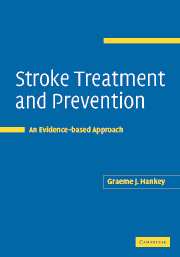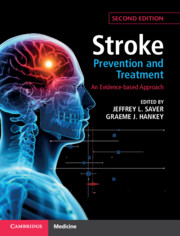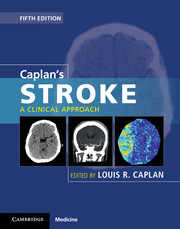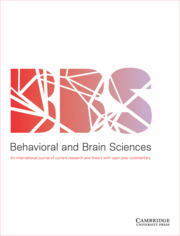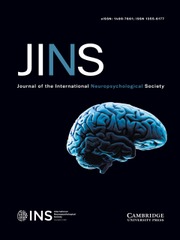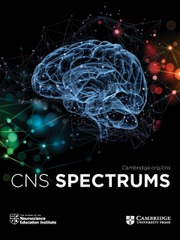Stroke Treatment and Prevention
Stroke is the third most common cause of death in the world and a major source of disability. This invaluable reference will provide clinicians caring for stroke patients with ready access to the optimal evidence for best practice in acute stroke treatment and secondary prevention. The author, who is a member of the editorial board of the Cochrane Stroke Review Group, describes all available treatments for acute stroke and secondary prevention, the rationale for using them and, where available, the highest level of evidence for their safety and effectiveness. Where level 1 evidence is not available, he offers advice on reasonable practice and information about current research. The evidence for each treatment is followed by the author's interpretations and the implications of the evidence in the care of stroke patients. This is therefore an essential resource for clinicians, translating into practice advances that have been made in the treatment and prevention of stroke and suggesting the most appropriate interventions.
Reviews & endorsements
"...an essential resource for clinicans, translating into practice advances that have been made in the treatment and prevention of stroke, and suggesting the most appropriate interventions." -ACNR
[It] is highly recommended for all those with an interest in cerebrovascular disease. In this excellent text, Dr. Hankey thoughtfully and effectively provides readers with discussions of the most important topics related to stroke, evaluated using the evidence-based approach that will ultimately help deliver the best care for these patients."
Norberto Andaluz, Mario Zuccarello, Journal of Neurosurgery
Product details
January 2011Adobe eBook Reader
9780511889417
0 pages
0kg
170 b/w illus. 47 tables
This ISBN is for an eBook version which is distributed on our behalf by a third party.
Table of Contents
- Preface
- 1. The size of the problem of stroke
- 2. Understanding evidence
- 3. Organised acute stroke care
- 4. General supportive acute stroke care
- 5. Reperfusion of ischaemic brain by thrombolysis
- 6. Augmentation of cerebral blood flow: fibrinogen-depleting agents, haemodilution and pentoxifylline
- 7. Neuroprotection
- 8. Treatment of brain oedema
- 9. Anticoagulation
- 10. Antiplatelet therapy
- 11. Carotid artery revascularisation
- 12. Lowering blood pressure
- 13. Lowering blood cholesterol concentrations
- 14. Modification of other vascular risk factors and lifestyle
- 15. Antithrombotic therapy for preventing recurrent cardiogenic embolism
- 16. Arterial dissection and arteritis
- 17. Treatment of intracerebral haemorrhage
- 18. Treatment of subarachnoid haemorrhage
- References
- Index.

